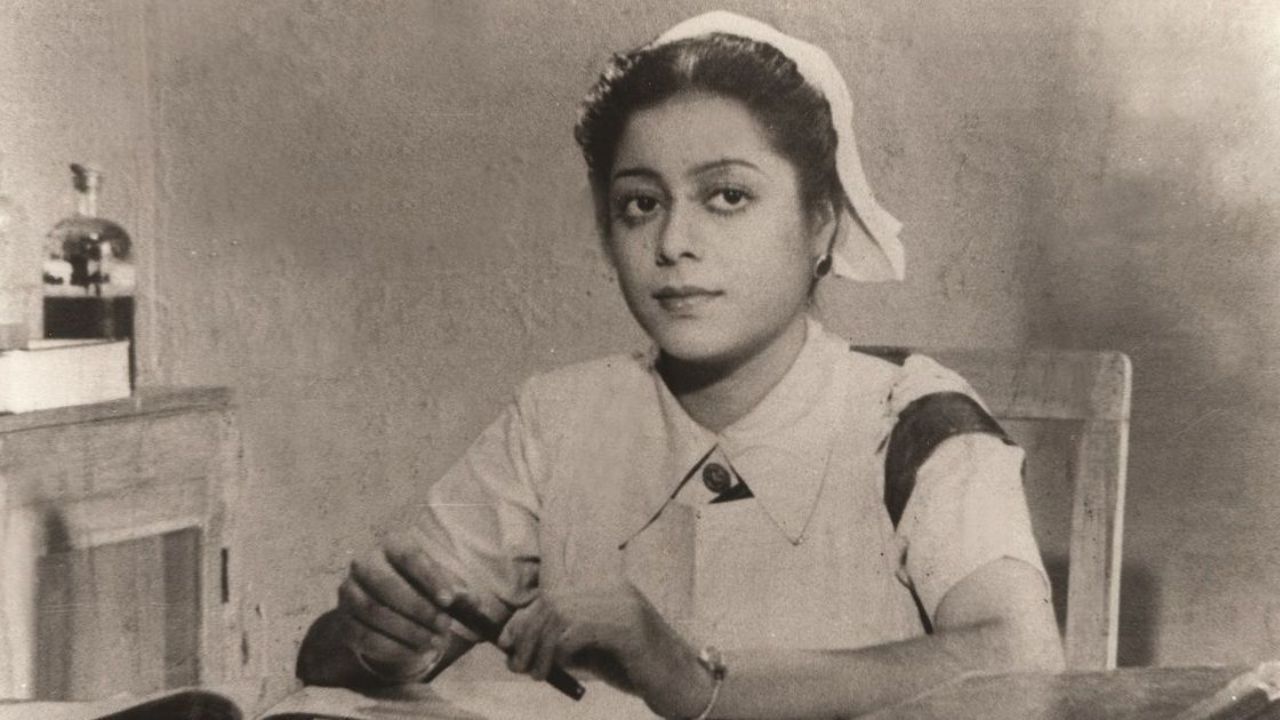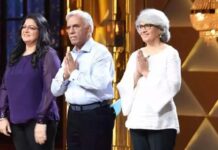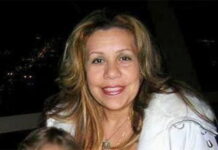Kanan Devi Biography: Kanan Devi was revered as the first melody queen of Indian cinema and a sensation of the 1930s and 1940s, exemplifying grace, beauty, and glamour. Her grit, determination, and courage enabled her to achieve the pinnacle of renown and glory, resulting in her becoming a legend and an institution during her lifetime.
Kanan Devi Biography
Early Years
Her adoptive father was Ratan Chandra Das and her mother was Rajobala. She was born in Howrah, Bengal, on April 22, 1916. After Ratan Chandra Das’s passing, she and her mother were left to fend for themselves. The well-wisher Tulsi Banerji introduced the 10-year-old Kanan to Madan Theatres/Jyoti Studios, where she was selected in a supporting role in Jyotish Banerjee Joydev (1926). She subsequently appeared in Shankaracharya (1927) as Kanan Bala. Between 1926 and 1932, she appeared in at least five films produced by Madan Theatres, including Rishir Prem (1931), Vishnu Maya (1932), and Prahlad (1932), in which she portrayed masculine leads. She worked for Radha Films from 1933 to 1936, New Theatres from 1937 to 1941, and MP Productions from 1942 to 1948 before establishing her own label, Shrimati Pictures, from 1949 to 1965.
Career
Kanan gained recognition with films such as Jore Barat (1931), Max (1934), Manomoyee Girls School (1935), and Khooni Kaun (1936) after transitioning from child actor to talkie actor. She was hailed by the media as the most beautiful and desirable performing star of the era. Kanan Bala’s films with the Biren Sircar-owned New Theatres helped establish her as a popular vocalist and actress, as they were resounding successes.
Mukti (1937), in which she delivered what is regarded as her best performance and which elevated her to the studio’s top star, Vidyapati (1937), Saathi (1938), Street Singer (1938), Sapera (1939), Jawani Ki Reet (1939), Paraguay (1939), Abhinetri (1940), Lagan (1941), Parichay (1941), and Jawab (1942) were among her key films during this time period. From this point forward, she was known as Kanan Devi, a much-adored celebrity who required constant protection due to her immense popularity. She remained the top attraction at New Theatres until 1941 when she terminated her contract to pursue freelance work in Bengali and Hindi films.
She collaborated with K. L. Saigal, Pankaj Mullick, Pramathesh Barua, Pahadi Sanyal, Chhaadi Biswas, and Ashok Kumar, among other luminaries of Indian cinema. Her most successful film was arguably M P Productions’ Jawaab (1942), but she also excelled in Hospital (1943), Banphool (1945), and Rajlakshmi (1946). Her final Hindi film, starring Ashok Kumar, was Chandrashekhar (1948).
Kanan Devi was an amateur vocalist before entering the film industry. She received classical music instruction from Allah Rakha, an eminent ustad from Lucknow. This training enabled her to acquire light classical or semi-classical styles of singing, including the ghazal style. She also studied Rabindra Sangeet with Anadi Dastidar, kirtan with Dhirendra Mitra, and Nazrul Geeti with Kazi Nazrul Islam.
Jessey Stevens Biography: Age, Height, Birthday, Family, Net Worth
Personal Life
In terms of her private life, Kanan Devi wed Ashok Maitra in December 1940. Due to the fact that he was the son of the staunch Brahmo Samaj educator Heramba Chandra Maitra. He and his family encountered harsh criticism from the more conservative segments of society at the time. Evidently, even the esteemed Rabindranath Tagore was criticised for sending a token gift and benediction to the newlyweds. In 1945, she filed for divorce as a result of Kanan’s opposition to her decision to leave the film industry. Kanan Devi remained grateful to her spouse for providing her with her first social recognition through marriage.
This is also a reflection of the elitism that existed in pre-Independence Calcutta. In 1947, she travelled abroad to acquire an understanding of cinematic developments in the Western world. She met with luminaries such as Clark Gable, Spencer Tracy, and Robert Taylor while in Hollywood. She resumed her professional career and worked in a few films before establishing her own production company, Shrimati Productions, upon her return.
Deremarried around 1949 to Haridas Bhattacharjee, who was the ADC to the Governor of Bengal at the time. After leaving the Navy to assist Kanan in her filmmaking endeavour, he became a capable director. Together, they produced a number of Bengali films until her retirement in 1966. The couple’s firstborn was named Siddharth. Kanan Devi also founded and served as president of Mahila Shilpi Mahal. An organisation that assists senior female artists and other charitable and community causes, such as the improvement of Bengali cinema.
Death
Kanan Devi died in Calcutta on July 17, 1992, at approximately 76 years of age. In 2011, a commemorative stamp depicting Kanan’s image was issued in her honour. She was a fashion icon, a successful film producer in the 1950s and 1960s, and a philanthropist for women in theatre and film-based welfare projects. A feminist before the term became popular. She was a fearless trailblazer who defied stereotypes by administering her own investments and income. Devi was renowned for her shrewd financial acumen. Changing her name from Kanan Bala to Kanan Devi at a time when women’s liberation was unheard of. She fought hard and practically forced society to accord her the respect and esteem she deserved.




